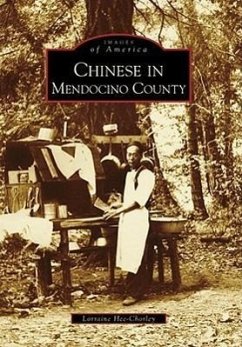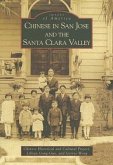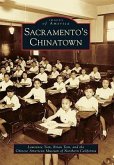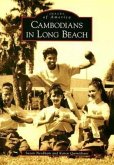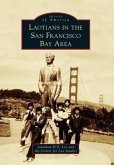Mendocino County's name comes from the Native Americans who resided seasonally on the coast. The county is known as a scenic destination for its panoramic views of the sea, parks, wineries, and open space. Less well known are the diverse cultural groups who were responsible for building the county of Mendocino. The Chinese were instrumental in the county's development in the 1800s, but little has been written documenting their contribution to local history. Various museums throughout the region tell only fragments of their story. Outside of the over-100-year-old Taoist Temple of Kwan Tai in the village of Mendocino, which is well documented, this volume will become the first broad history of the Chinese in Mendocino County.

